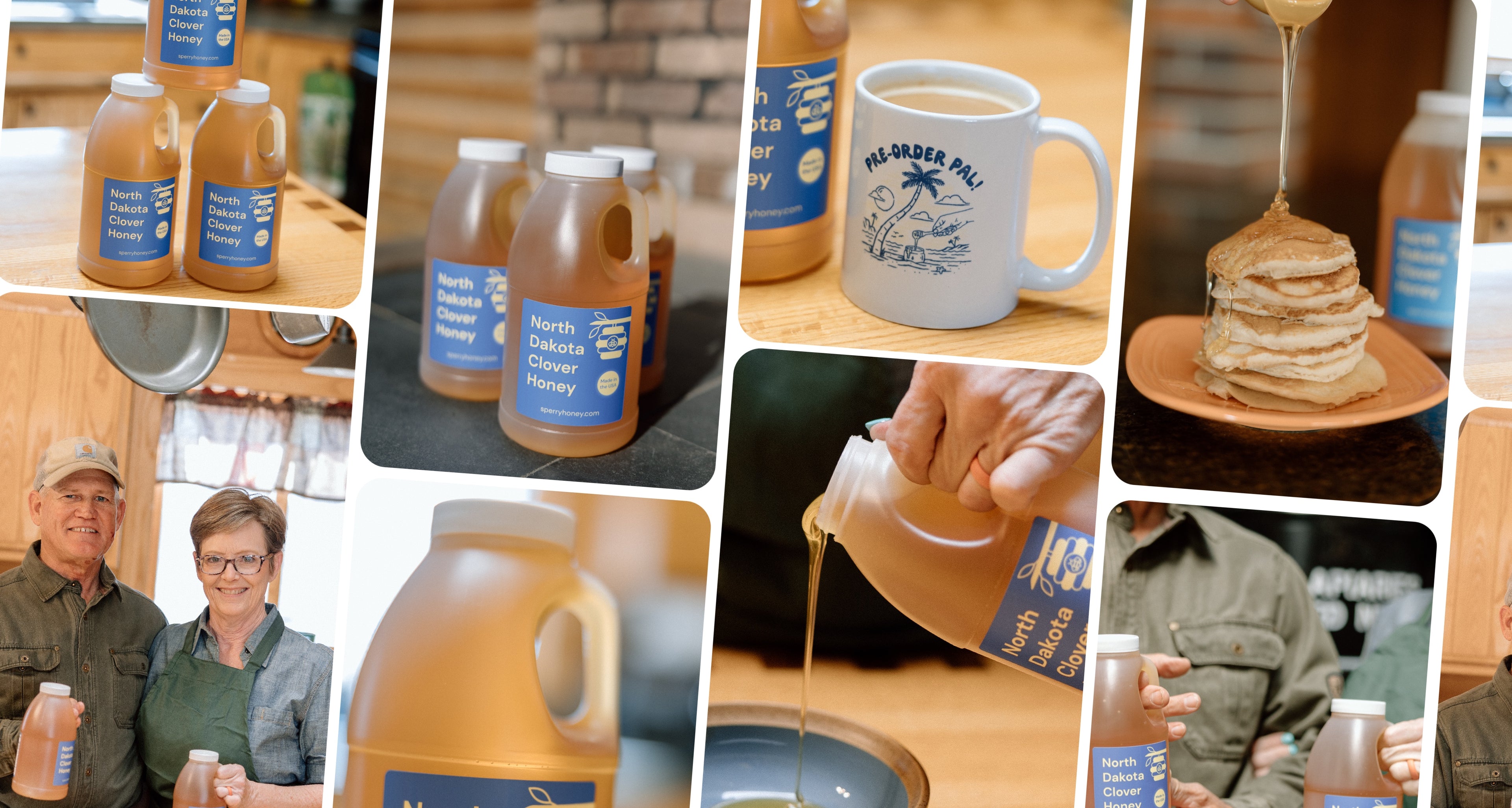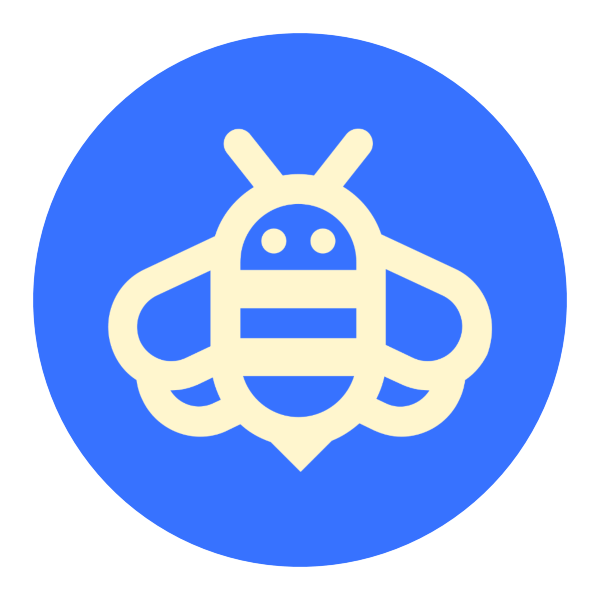How Many Flowers Does It Take To Make One Pound of Honey?
It takes over two million flowers just to make one pound of honey. A single bee pollinates about 5,000 flowers per day, and there are roughly 60,000 bees in a full-sized colony. So, a full-sized colony can produce 150 pounds of honey each and every day!



Bees, Flowers, and a Beautiful Relationship
Bees and flowers work together via a special relationship called pollination. Bees visit flowers to collect nectar and pollen, essential food sources for their survival.
As bees move from flower to flower, they "accidentally" transfer pollen grains from the male parts (anthers) of one flower to the female parts (stigma) of another flower of the same species.
This transfer of pollen is crucial for fertilization, allowing flowers to produce seeds and fruit. In return, flowers attract bees through bright colors, enticing scents, and nutritious rewards like nectar.
This relationship is vital for the reproduction of many plant species, and it's a beautiful thing to see in nature.

Interesting Facts about Bees and Flowers
Bees can see ultraviolet light, unlike humans, and many flowers have ultraviolet patterns called nectar guides to guide bees towards the nectar.
Also, bees are attracted to a range of colors, particularly blue, purple, violet, white, and yellow, but they are less sensitive to red.
Flowers that attract bees often have specific shapes and landing pads; for instance, tubular flowers like foxgloves are ideal for long-tongued bees.

Additional Facts
Flowers and bees can develop an electrostatic charge, helping pollen stick to bees as they move between flowers.
Bees collect pollen to feed their larvae, making pollen a crucial protein source for bee development.
Bees communicate the location of good flower patches through intricate dance movements in the hive, indicating the direction and distance of the flowers.
Some bee species have specialized relationships with specific flower types; for example, orchid bees are specialized pollinators for orchids.
Bees are critical pollinators for many crops and wild plants; about one-third of the food we eat relies on bee pollination.
Sources: University of Arizona, Department of State

About Sperry Honey
Sperry Honey is a small farm located near Fargo, North Dakota. Owned and operated by Mark and Rebecca Sperry, we're a mom-and-pop small business who sells 100% pure honey and premium beeswax.
Get 15% Off
Sign up below to save on your honey order. Unsubscribe anytime.
